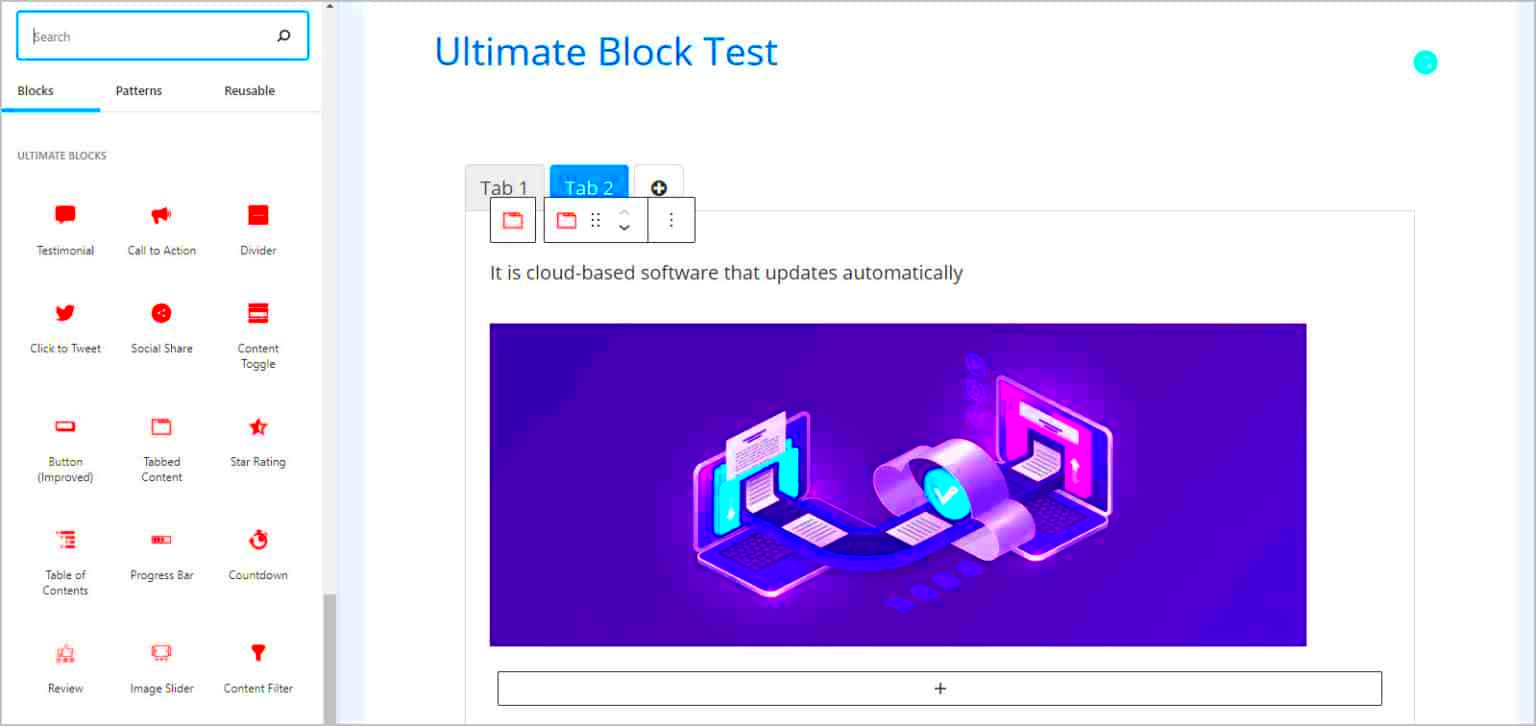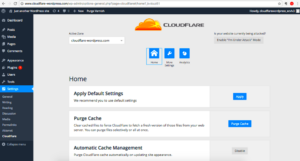The WordPress User Display Plugin is a powerful tool that enhances the way user profiles are presented on your site. Imagine having a sleek, organized method to showcase your users in a way that not only looks great but also improves user experience! That’s precisely what this plugin offers. With customizable display options and a variety of filters, it enables site owners to tailor user profiles to fit their unique needs. Whether you’re managing a blog, a membership site, or an e-commerce platform, this plugin is essential for taking user engagement to the next level.
Key Features of the User Display Plugin

This plugin isn’t just handy; it’s packed with fantastic features that can significantly enhance user experience. Let’s dive into what makes it stand out:
- Customizable Display Options:
Choose how user profiles are displayed, including layout options and styles that fit your website’s theme. You can select grid, list, or card views.
- Advanced Filters:
Users can be filtered based on specific criteria such as role, registration date, or custom fields. This makes it easier for site visitors to find precisely who they are looking for!
- Shortcode Integration:
Effortlessly embed user displays on any page or post using shortcodes, which means no complicated coding required!
- SEO Friendly:
Built with SEO in mind, this plugin ensures that your user displays are structured to help improve visibility in search results.
- Responsive Design:
With mobile users on the rise, the plugin guarantees that user profiles look great on any device, whether it’s a smartphone, tablet, or desktop.
Incorporating the WordPress User Display Plugin not only enhances the aesthetic appeal of user profiles but also maximizes usability. With its array of features, you can create an engaging and user-friendly environment for your audience, driving greater interaction and satisfaction.
3. Understanding Filters and Their Importance
When it comes to managing user data and presenting it effectively on a WordPress site, filters are your best friend. Filters allow you to sort, search, and categorize user information in a way that’s both organized and user-friendly. Imagine having a long list of users; without filters, finding a specific person could be like searching for a needle in a haystack!
Think of filters as an interactive tool that empowers both you and your website visitors. Here’s why they’re crucial:
- Enhanced Usability: Filters make it easy for users to find exactly what they’re looking for. By narrowing down the list of users through categories or keywords, users can quickly access relevant information.
- Improved User Experience: A good user experience keeps visitors on your site longer. Filters help minimize frustration, reducing bounce rates and increasing engagement.
- Organized Data Presentation: With numerous users, it’s essential to present data neatly. Filters allow for a structured layout that categorizes users effectively, making it easier for users to digest the information.
- Time-Saving: For both site administrators and visitors, filters save time. Rather than scrolling through endless lists, users can instantly find what they need, while admins can manage user data more efficiently.
So, whether you’re looking to tidy up user directories or make your site more interactive, understanding and leveraging filters will undoubtedly enhance user experience (UX) on your WordPress site!
4. How to Install the User Display Plugin
Ready to supercharge your WordPress site with a User Display Plugin? Installing one is relatively straightforward, even if you’re not a tech guru. Follow the steps below, and you’ll have it up and running in no time!
- Log into Your WordPress Dashboard: First things first, you need to land in your WordPress Admin area. Go to yourwebsite.com/wp-admin and enter your credentials.
- Navigate to the Plugins Section: On the left sidebar, find and click on the Plugins option. From there, select Add New to open the plugin marketplace.
- Search for the User Display Plugin: Use the search bar at the top-right corner of the page and type in “User Display Plugin.” This will bring up a list of relevant plugins.
- Select and Install: Once you find the User Display Plugin that best suits your needs (make sure to check ratings and reviews), click on the Install Now button.
- Activate the Plugin: After installation, you’ll see the Activate button. Click it to enable the plugin on your site.
- Configure Settings: After activation, you might need to customize settings according to your preference. Search for the plugin in your dashboard menu and go through its options to tailor it to your needs.
And voila! You’re all set. Your WordPress site is now equipped with a User Display Plugin, complete with filters for an enhanced user experience. Play around with the settings to make it even more aligned with your site’s style and purpose.
Configuring Filters for Enhanced User Experience
When it comes to creating an engaging user experience on your WordPress site, configuring filters can make all the difference. Filters allow users to tailor their content discovery, helping them find exactly what they’re looking for without wading through unnecessary information. Here’s how to effectively configure filters for your WordPress User Display Plugin:
- Identify Key Categories: Start by determining the main categories that your users are interested in. This may include tags, author names, or content types. The more targeted your categories, the more relevant the filters will be.
- Prioritize Usability: Ensure that the filter options are easy to understand and interact with. Dropdowns, checkboxes, and sliders can add variety, but simplicity should always be your focus.
- Enable Multiple Selections: Allowing users to filter by multiple criteria at once can drastically enhance their experience. For example, they could filter to see blog posts from specific authors published in a particular category.
- Responsive Design: Whatever filter options you implement, make sure they are mobile-friendly. Be sure to test the filters on various devices to ensure they work seamlessly.
- Test and Iterate: After setting up your filters, gather feedback from users. Are they finding the information they’re looking for? Adjust as necessary based on real usage data.
By configuring your filters thoughtfully, you can create a more engaging and user-centric experience that will keep visitors coming back for more.
Best Practices for Using Filters Effectively
Using filters in your WordPress User Display Plugin is an excellent way to enhance user experience, but to do so effectively, it’s important to follow some best practices. Here are key guidelines to make the most of filters:
- Keep It Simple: Don’t overload users with too many filter options. Aim for a clean and concise set of filters that cover important aspects without overwhelming users.
- Use Clear Labels: Make sure that each filter option is clearly labeled so users understand what they are selecting. Use language that resonates with your audience to ensure clarity.
- Monitor User Behavior: Use analytics tools to track how users interact with the filters. Identifying common paths can help you adjust the filter configuration for maximum effectiveness.
- Provide an “All” Option: Sometimes, users want to see everything. Providing an “All” option can help them reset their filters easily, ensuring they don’t feel stuck.
- Test Across Browsers: User experience should be consistent across various web browsers. Regularly test your filters on different platforms to ensure a flawless performance.
Incorporating these best practices will help you create a more efficient user experience, ultimately driving engagement and satisfaction among your visitors. Filters are a powerful tool—use them wisely!
7. Use Cases for the User Display Plugin with Filters
The User Display Plugin with Filters can transform the way users interact with your WordPress site. Here are some exciting use cases to consider:
- Directory Listings: Perfect for creating user directories, be it for businesses, profiles, or teammates. You can filter users by categories like location, expertise, or membership level, making it easy for visitors to find exactly what they need.
- Event Registrations: If you’re hosting events, this plugin can display attendees or participants with the ability to filter by registration type. This ensures that all stakeholders can see who is coming without sifting through unnecessary information.
- Customized User Roles: Tailor user displays based on their roles on your site (admins, editors, subscribers), so each segment can quickly find the relevant information or other users who share similar tasks or responsibilities.
- Membership Sites: If you run a membership site, displaying users based on their membership level can enhance their experience. Filters allow current or potential members to see displayed users ranked by membership status or activity.
- Support and Feedback: When you provide customer support, displaying staff members with filter options can help users reach out to the right support representative quickly. This can elevate user satisfaction while minimizing frustration.
8. Troubleshooting Common Issues
Even though the User Display Plugin with Filters is straightforward to use, things don’t always go as smoothly as we’d like. Here are some common issues you might encounter and how to troubleshoot them:
- Plugin Compatibility: Sometimes, your WordPress theme or other plugins might conflict with the User Display Plugin. To troubleshoot, disable your other plugins one by one to identify the culprit. Once identified, you can opt to adjust your settings or reach out to the support team for assistance.
- Display Errors: If users are not displaying correctly, ensure that the filtering criteria are set up properly. Double-check your filter settings to avoid misconfigurations.
- Slow Loading Times: If loading times are lagging, it might be due to a large number of user entries. Consider optimizing your database or utilizing caching tools to enhance performance.
- Missing Filters: If you notice that filters don’t appear, ensure that the plugin is activated on the relevant pages. You might need to adjust your shortcode or settings to ensure proper display.
- Style Issues: Sometimes, the design may not look as expected. If your user display doesn’t match your site’s aesthetic, you can tweak the CSS settings or consult the documentation for style customization options.
Conclusion and Future of User Display Plugins
As we discussed, WordPress user display plugins play a crucial role in enhancing the user experience (UX) on websites, especially those with a community aspect or user-generated content. These plugins allow website owners to present user data in a dynamic, organized, and visually appealing manner.
The integration of filters in user display plugins serves to further refine and improve the user experience. By incorporating filtering options, website visitors can easily navigate through user profiles, posts, or activities based on specific criteria, such as:
- Username: Search for specific users by their display names.
- Registration Date: Filter users based on when they signed up.
- User Role: Display users with similar roles, such as subscribers, contributors, or authors.
- Custom Fields: Sort users based on unique attributes or custom information.
This ability to filter results leads to better engagement and interaction, allowing users to find relevant content quickly and efficiently. Moreover, as technology evolves, we can expect:
| Trend | Description |
|---|---|
| AI Integration | Machine learning algorithms will help recommend user profiles and content based on behavior. |
| Improved Customization | More flexible layouts and styling options for user profiles. |
| Mobile Optimization | Responsive designs for an optimal experience on mobile devices. |
In conclusion, the future of user display plugins in WordPress holds immense potential for further enriching user interaction and engagement. Developers and creators should focus on innovation, adopting new technologies and design patterns to ensure that these plugins remain relevant and indispensable tools for enhancing user experiences.



